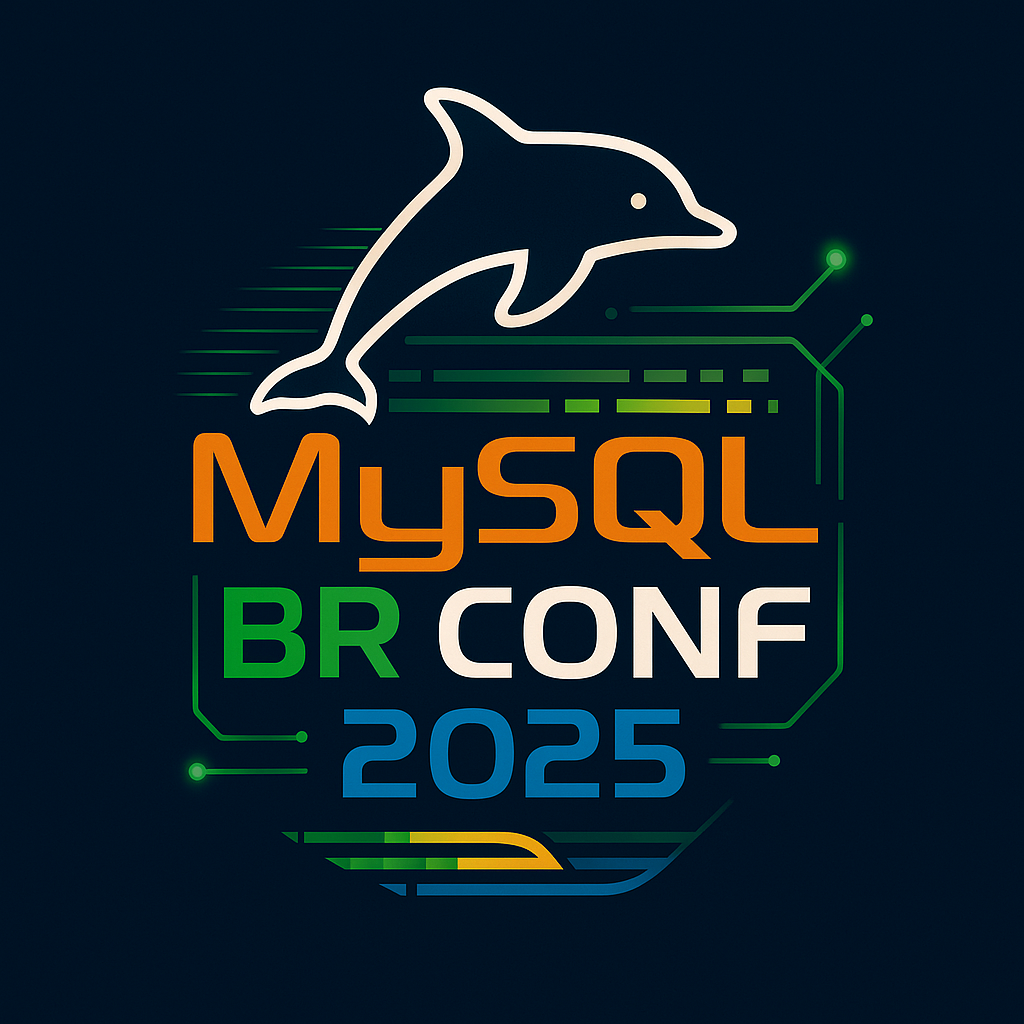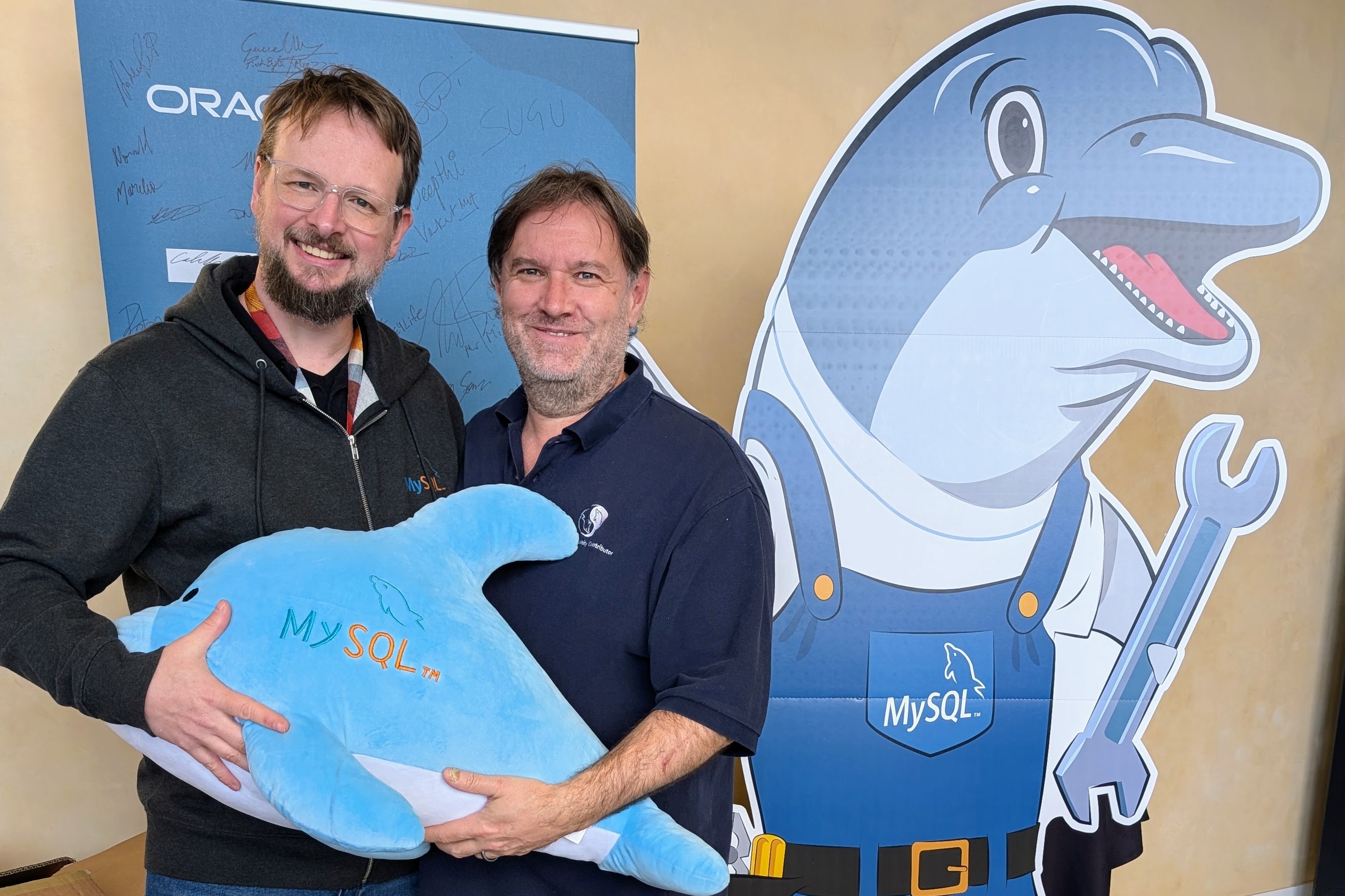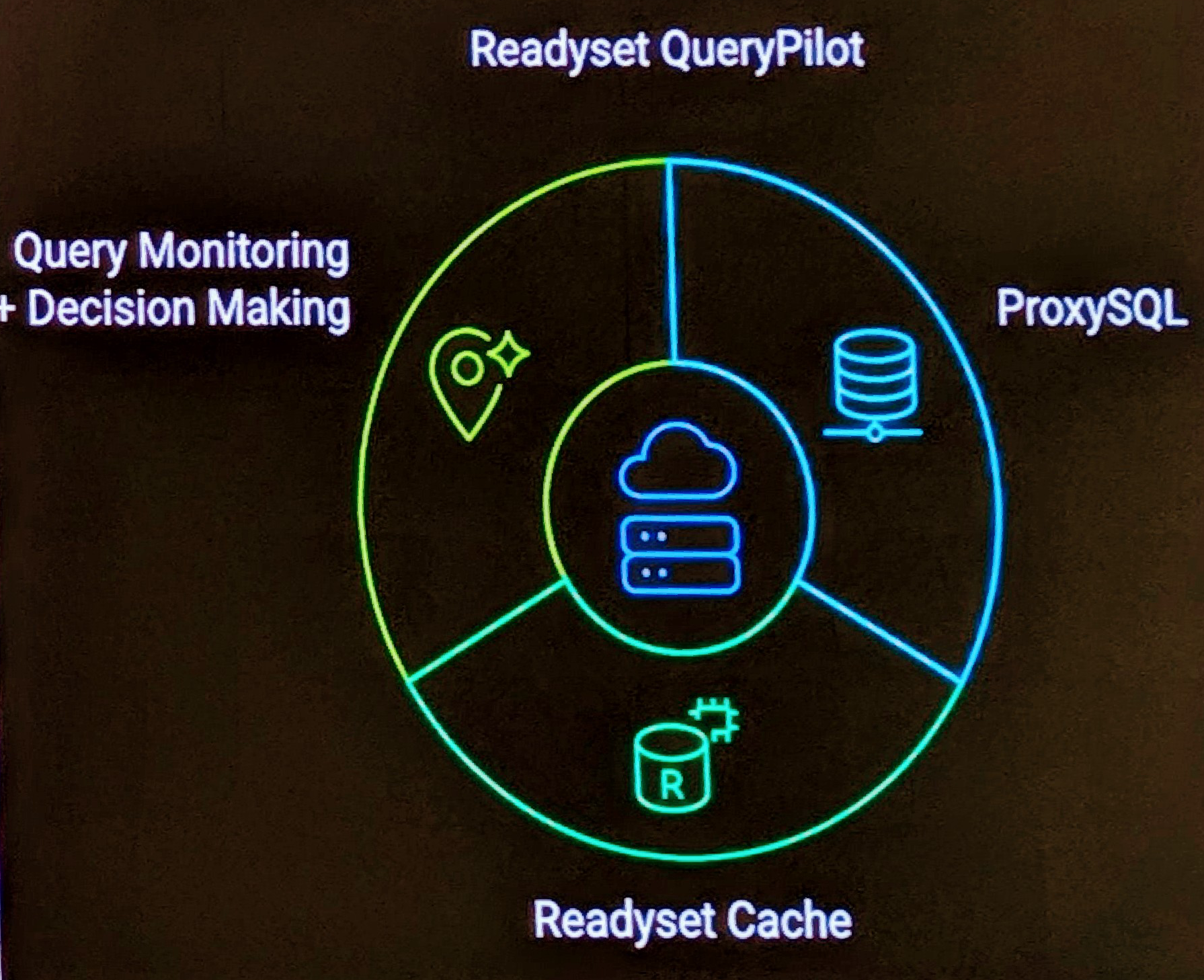I had need to goto the Wikipedia this morning to review the terminology of something, and on the front page in Today’s featured article is Mercury. Being a tad curious given I’d heard only on the radio a few hours ago that Pluto was no longer a planet in our Solar System, I drilled down to the bottom to check references to other planets (quicker then searching). So at the bottom I found the following graphic and details of The Solar System Summary .
Well blow me down, they didn’t waste any time there. Pluto is no longer a planet in our Solar System . It is now categorised as a Dwarf Planet .
There are over 100 edits to this page on Dwarf Planet in the past 12 hours, including all the links in Pluto and Solar System correctly referenced.
Now, that’s the power of content by the community, one of the characteristics of Web 2.0
.
Of course all of this runs under the LAMP Stack
and powered by the MySQL
Database. Combined with the fact this is a breed of organisation that didn’t start with large amount of Venture Capital, another trend of the newer generation of popular and successful internet enterprises.



